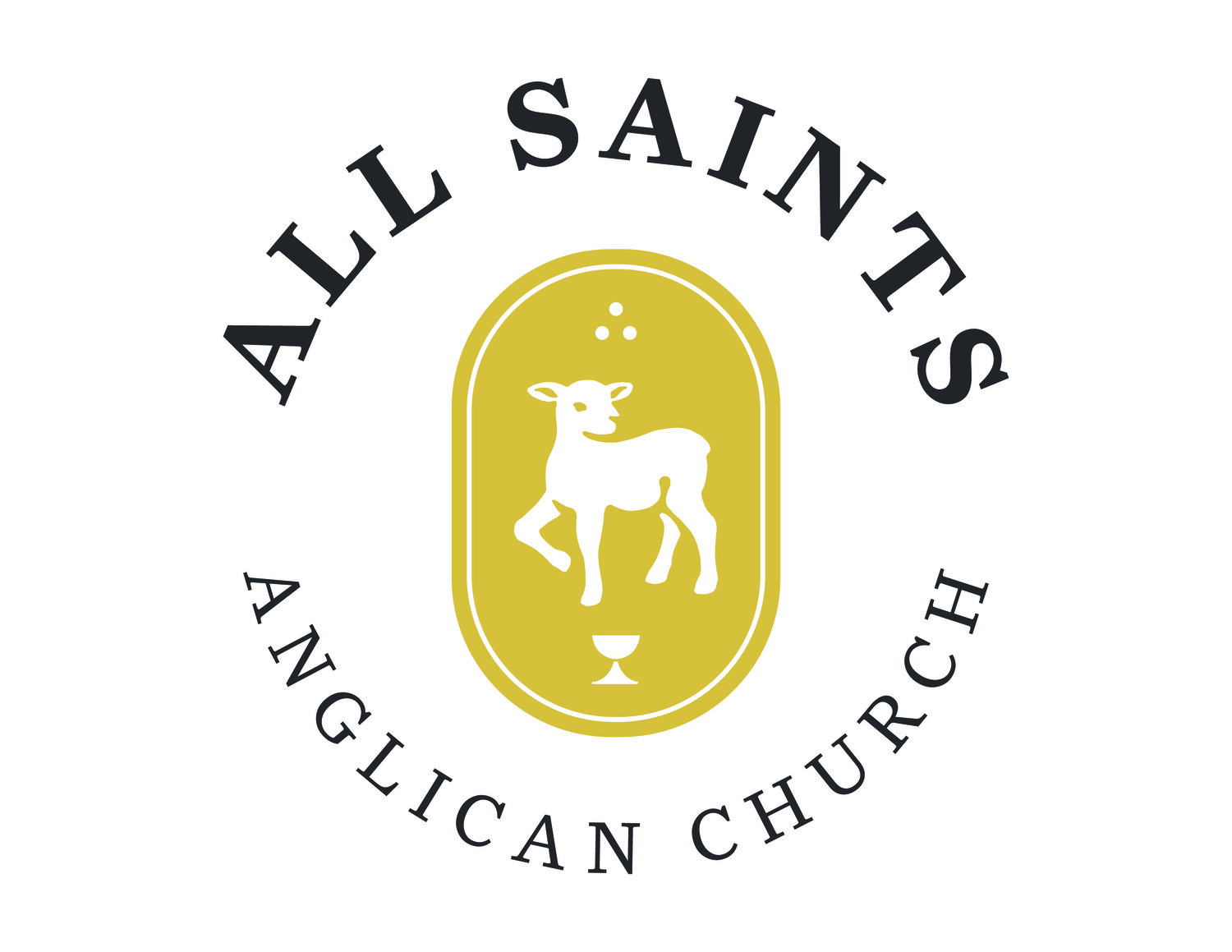Across the world, five centuries ago, Midsummer was magic. Fires were lit, sometimes jumped-over. Dreams were hoped for. Boons were given. Dancings commenced. Prayers enchanted. In Cheshire a parade was made of prop-animals which would have rivaled any Broadway production of The Lion King, featuring a unicorn, a luce, six hobby horses, a dragon, a few giants, a dromedary, and other figures (Thistleton-Dyer, 1875, 314-15). Everything came alive –even things that maybe never lived, save in imagination. The hollow pagan rites had been hallowed. For John the Baptist had been born to be a forerunner to the Christ, and the world went-up in a riot from which it has not yet come down, and from which it will never recover, world without end.
We may reflect theologically on the practices of Christian Midsummer:
Green branches again were cut and hung from houses, for new life had sprung from the house of Elizabeth.
New seeds were sown in the earth, for a ploughman had been born in Judea who was preparing the world for a harvest.
Young men and maidens hoped for marriage, since this was the birthday of the friend of the Bridegroom.
Old men and women laughed and jumped late into the night, for John had jumped in the womb of his mother at the pre-natal Christ.
Bonfires were lit, some say in memory of the bones of the martyrs who died by fire, just as John prophesied about the one who would baptize the world with fire.
Boons were given, gifts unlooked for, on the birthday of him who was given to call us to a repentance unhoped for.
And this only just scratches the surface.
One of the things that the liturgical calendar does, beyond telling the story of the Faith, inscribing the Gospel on our calendars and day-planners, is to bring the agricultural year into the rhythms of church. When God creates the heavenly bodies on the fourth day he says that these things will be “rulers” in the heavens, and that they will “govern over times and seasons” (Gen. 1:14-19). The liturgical calendar is not a separate “sacred” calendar created by humans that we artificially map onto the “natural” calendar created by God. The ascended Christ is the true heavenly ruler. The ruler of rulers. The time-maker of all time-makers. In him the festal and the agricultural are unified.
Of course the nativity of Christ falls at the winter-solstice. The sun was given to rule over seasons. Of course John the Baptist, Christ’s cousin and forerunner, was born at Midsummer. John said “I must decrease, and he must increase.” Rightly does the sun wane and decrease after the forerunner’s birth.
Standing directly across from Christmas, the Feast of the Nativity of St. John the Baptist marks the dawning of something new. John said he was not the light, but that he came as a witness to it. On this day we light a fire, a big brightness, and we bring the brightness of the summer sun into the orbit of God’s Story. We bring the order of Creation into the Order of Redemption.
We all become little forerunners, little friends of the Bridegroom, proclaiming the Gospel in the warmth of the year’s meridian.


